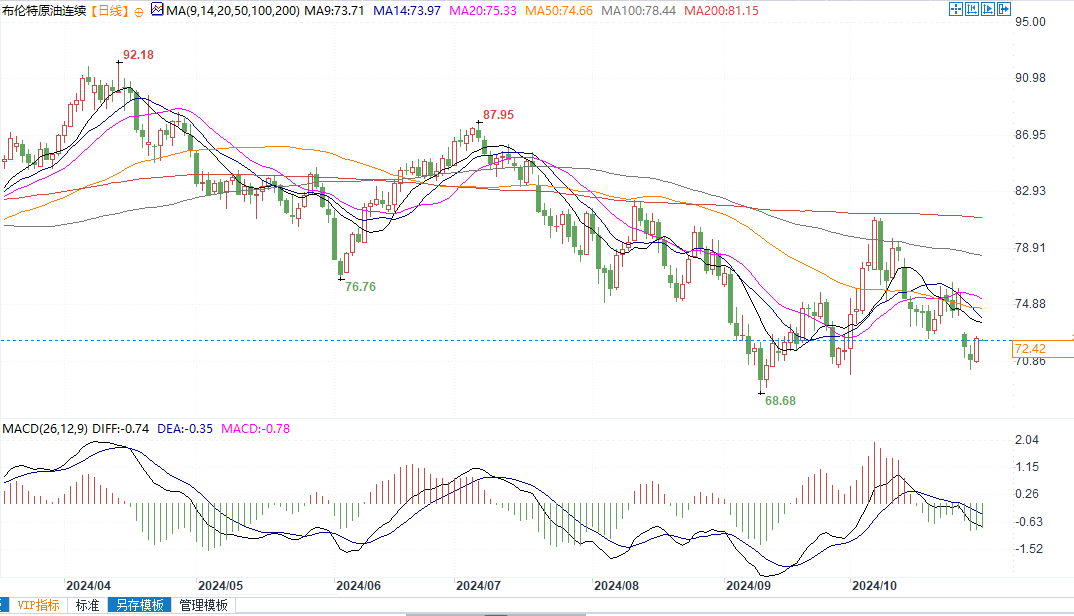Standard Chartered: Market underestimates the risk of Iranian oil facilities being attacked
Two days ago, benchmark crude oil futures fell by the largest single day increase in over two years, following Israel's limited retaliatory attacks on Iran but largely avoiding energy facilities, thus easing concerns about global supply disruptions. Israel has mainly bombed air defense systems and missile production bases in three provinces of Iran. Analysts say that the lack of strikes on oil infrastructure or nuclear facilities has opened the door for both sides to ease the conflict.
At the same time, Iran's Supreme Leader Khamenei softened his war rhetoric and did not discuss immediate retaliation.
However, Standard Chartered Bank's commodity analysts have taken a more detailed view on this situation.
Although energy infrastructure was not a direct target of Israel's recent round of missile attacks on Iran, the country's oil and gas facilities were not completely unscathed in the attacks
Three days ago, The Guardian reported that Israel was using precision air and drone attacks, mainly targeting air defense systems protecting important oil and gas facilities, as well as military bases related to Tehran's nuclear program and ballistic missile production.
Some target air defense systems include the Abadan refinery, the Bandar Imam Khomeini petrochemical complex, the Tange Bijar gas field, and the Bandar port in the southern part of the country. Israeli media reported a total of about 20 clicks.
Standard Chartered Bank pointed out that the air defense system of Iran's energy infrastructure has been damaged, increasing its vulnerability to future attacks, and the market seems to have overlooked or at least underestimated this development.
The latest increase in oil prices occurred after the US Energy Information Administration reported a decrease in gasoline and middle distillate inventories for the week ending October 25th.
Gasoline inventory decreased by 2.7 million barrels, with an average production of 9.7 million barrels per day, while last week's inventory increased by 900000 barrels, with an average production of 10 million barrels per day. At the same time, in terms of middle distillate oil, EIA estimates that inventory has decreased by 1 million barrels, with a daily production of 4.9 million barrels, compared to a decrease of 1.1 million barrels in the previous week's inventory and an average production of 5 million barrels last Sunday.
Last week, Standard Chartered Bank reported that global oil demand reached a historic high of 1037.9 million barrels per day in August. Due to the unexpected growth in August, Standard Chartered Bank has now raised its global demand growth forecast for 2024 to 1.45 million barrels per day.

Brent crude oil daily chart
Tips:This page came from Internet, which is not standing for FXCUE opinions of this website.
Statement:Contact us if the content violates the law or your rights
